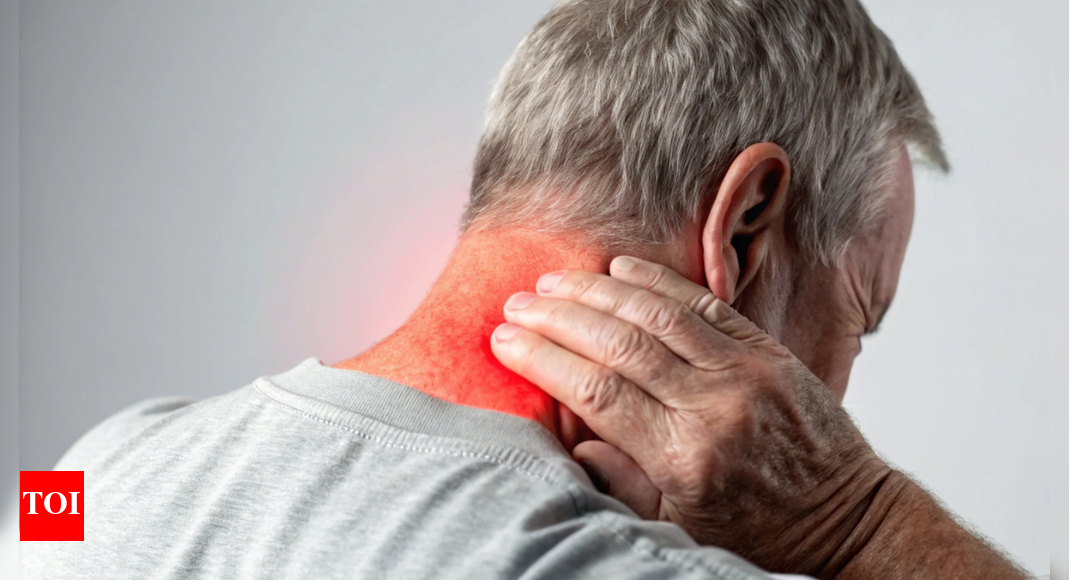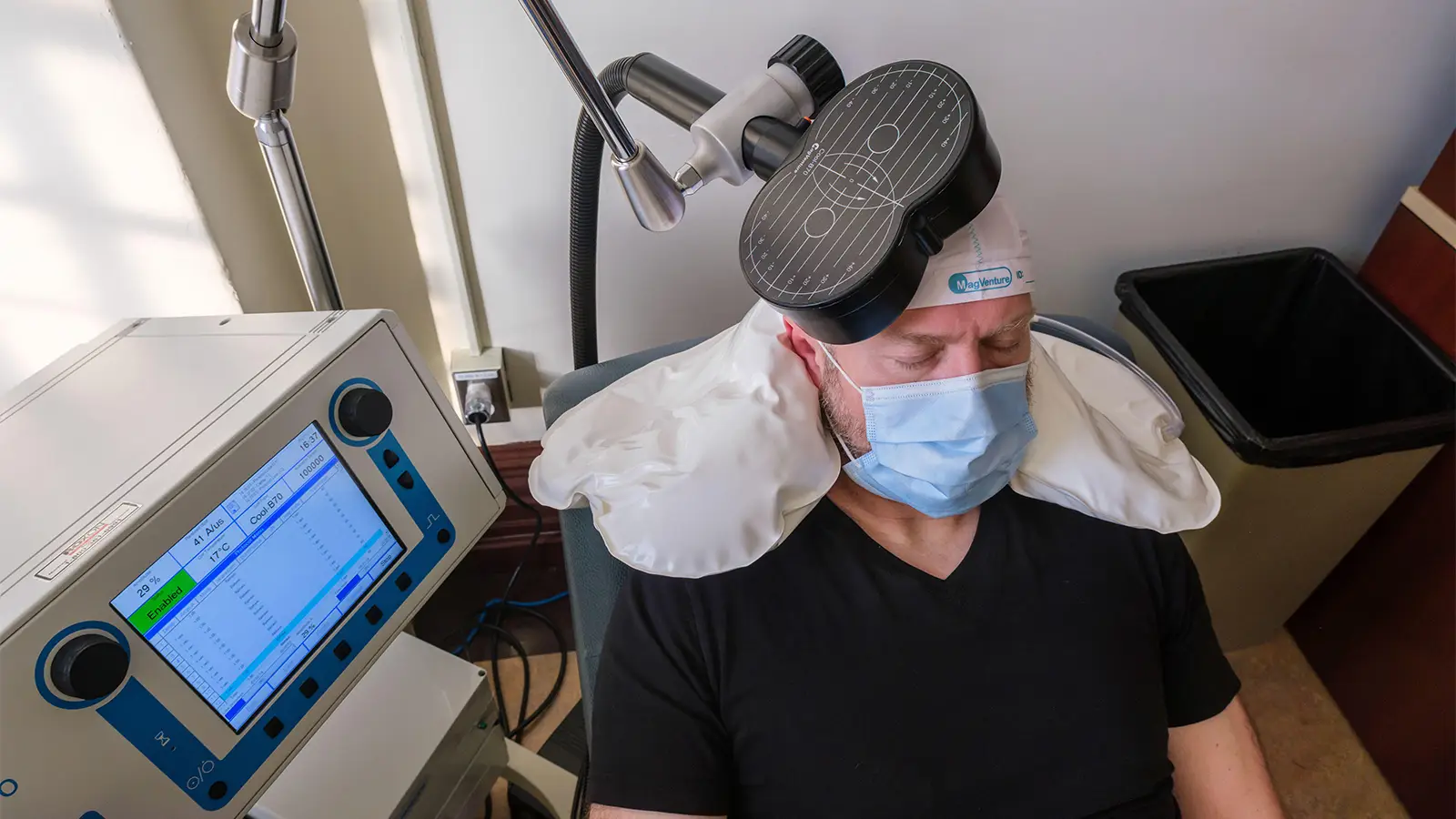Gastrointestinal issues are a common but often underappreciated side effect for some diabetes medications, most commonly metformin. Individuals will experience bloating, nausea, diarrhea, or abdominal cramping. Some discover that the symptoms…
- Heart rate deceleration shortly after starting theta…




